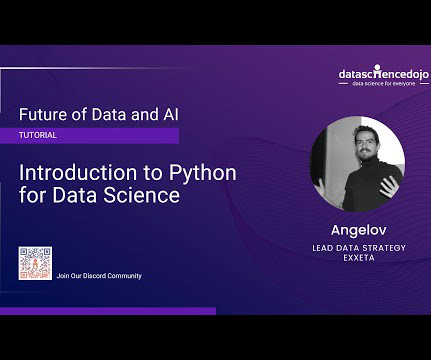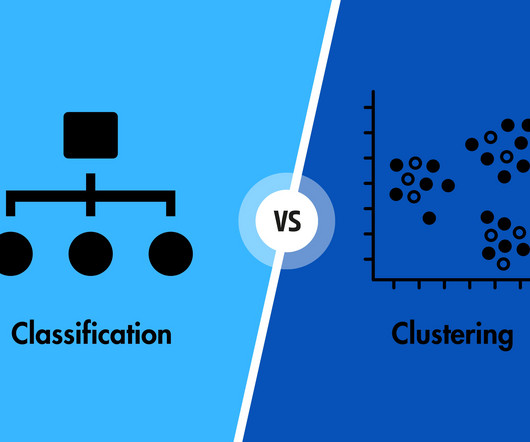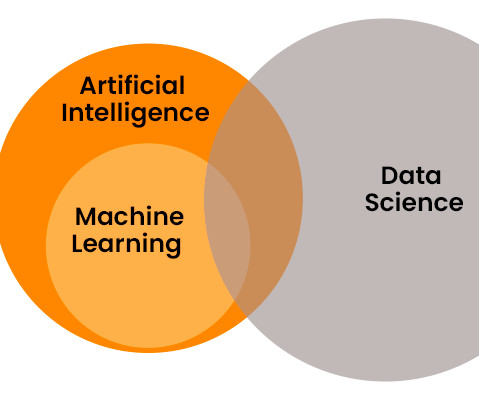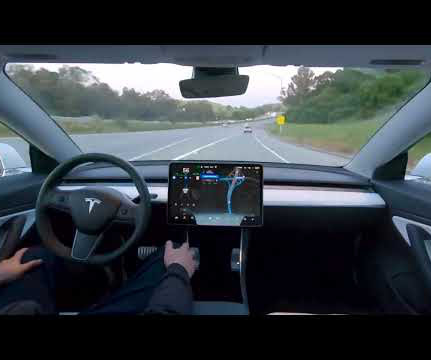Unlocking data science 101: The essential elements of statistics, Python, models, and more
Data Science Dojo
AUGUST 11, 2023
Machine learning is a field of computer science that uses statistical techniques to build models from data. Some of the most popular Python libraries for data science include: NumPy is a library for numerical computation. SciPy is a library for scientific computing. Pandas is a library for data analysis.














Let's personalize your content